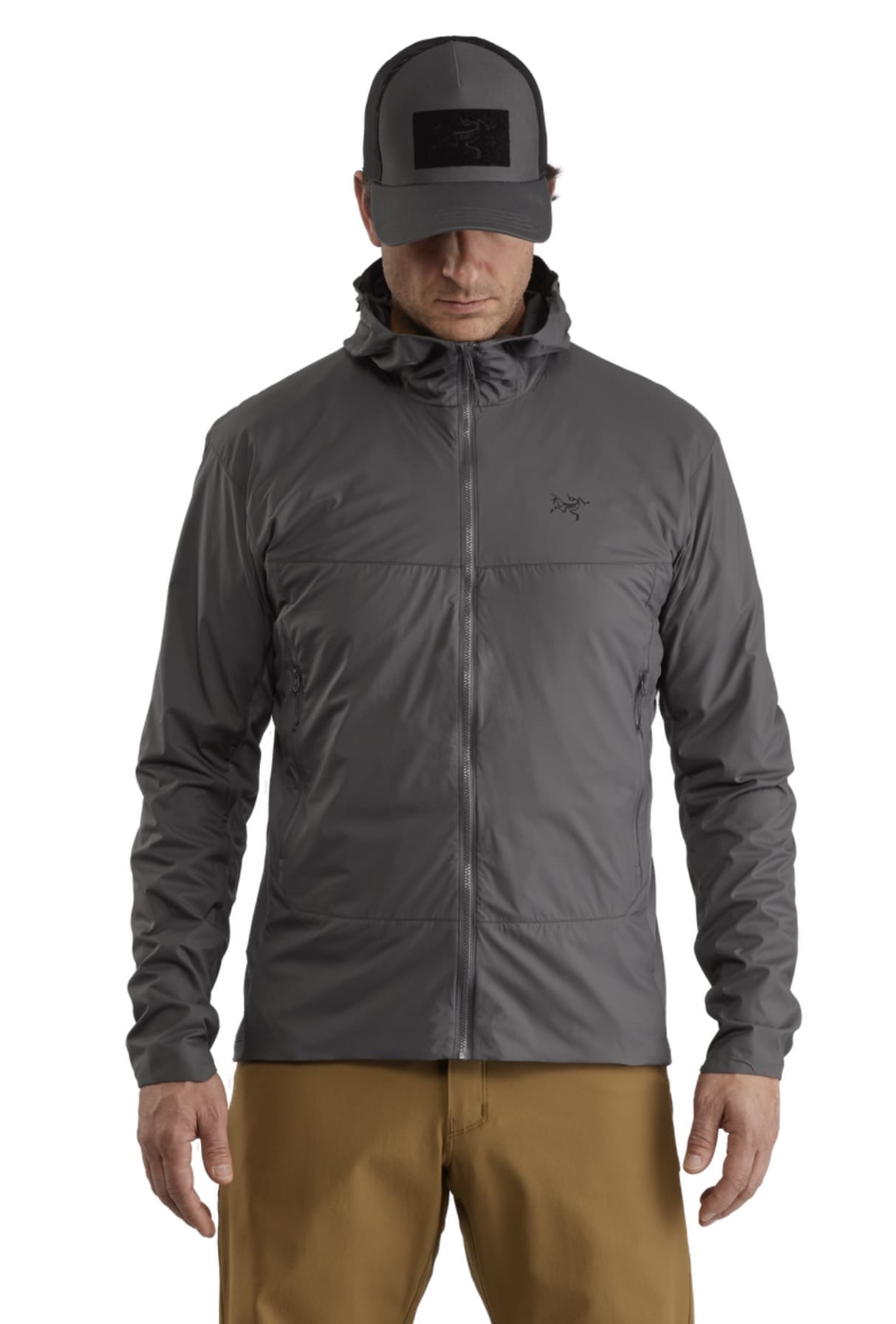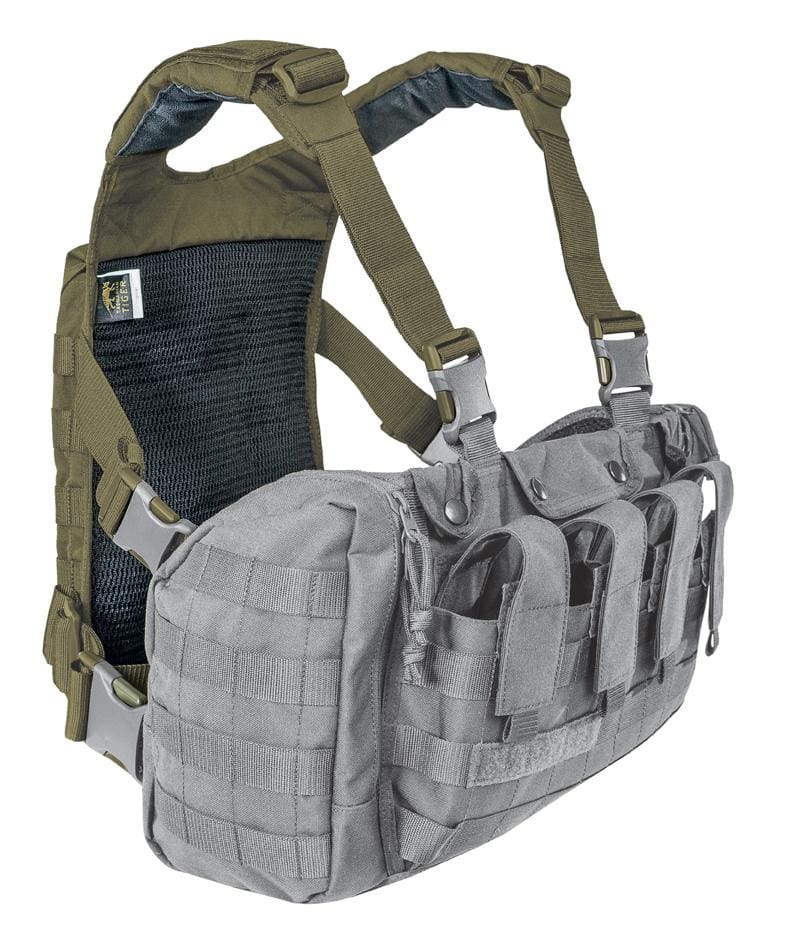


Velcro Companies will be back at the SHOT Show Supplier Showcase in Las Vegas, NV on January 20 – 21. Your products must withstand the harshest conditions the tactical world contends with. Our VELCRO® Brand Military Solutions team has a wide range of solutions including Berry compliant fasteners that can meet these demands. Learn about the latest in VELCRO® Brand fastening technology for tactical equipment at booth #52215.
Harrisonburg, Virginia, January 8, 2020 – TSSi announces the award of the Defense Logistics Agency (DLA) Interconnection Equipment contract (IEC), a (10) year Indefinite Delivery Indefinite Quantity (IDIQ) Multiple Award Contract (MAC), as the newest addition to the suite of contracting vehicles available to their customers. This $808 million contract aims to move the Government from decentralized procurement through a multitude of contract vehicles to a more holistic, all-encompassing long-term contract designed to support the constantly evolving requirements for interconnection products.
This intended purpose of the IEC is three-fold:
• Rapid Acquisition Capability
• Advance Planning
• Cooperation/Collaboration
Products included under the IEC are classified as any product and incidental service required by the DoD, or Federal Government at large, to connect weapons systems, computer systems and networks, global and tactical networks, radio networks, and more. Examples include, but are not limited to, cables, wiring, connectors, radios, and installation kits. TSSi anticipates its status as a Service-Disabled Veteran-Owned Small Business and their valuable supplier partner relationships to create a winning combination for contract customers.
TSSi is a Service-Disabled Veteran-Owned Small Business that has been providing specialized operational equipment and logistics support around the world since 1980. Our mission is to provide mission-focused, time-sensitive, value-added equipment and logistics services solutions, delivered with uncompromising integrity – anytime, anywhere
Murdock Webbing now offers NanoSphere which is a post-weaving finish that repels dirt, water, and oil. This finish keeps your products clean and dry. The protection from water absorption keeps packs and clothes lightweight and comfortable. It also improves abrasion resistance. It can be applied to any of our products. Here are some benefits:
· High level of water repellence
· Self-cleaning effect
· Dirt and oil repellant
· Finish holds up after repeated laundering
· Protects against abrasion and friction damage
· No effect on the breathability
· No effect on the feel
Check it out in their SHOT Show booth #8611.
The world’s first handheld device with advanced wind mapping and range detection.
Powered by WindPro™ Technology, the Trijicon Ventus™ provides shooters and hunters with previously unattainable data about their environments to improve long-range accuracy. The Ventus™ is designed with a Doppler LIDAR engine that can measure headwind, tailwind, crosswind and vertical wind components at six different distances in front of the user. In any weather condition. Coming in the second-half of 2020.
Arc’teryx LEAF took the Atom SL Hoody from the Outdoor line and made a limited run in Wolf Grey. It’s a great option for three-season wear. It just depends on which three seasons you’re looking at, based on where you’re at. I’ve had one since they were launched years ago and worn it in the summer in the mountains and in the winter in the Everglades.

It features Coreloft insulation with air permeable side panels. It is lightweight, compresses well, and dries quickly. It is DWR treated and features two zippered side pockets and an uninsulated hood.
This limited run is available exclusively from the following dealers. Once they are gone, they are gone.
The new adjustable, lightweight tactical vest is armor plate ready and customizable. The backplate carrier is an extension of the TT Chest Rig MKII.


Miramar, Fla. (January 2020) – Tasmanian Tiger®, a tactical nylon line of products distributed exclusively for the US market by Proforce Equipment, Inc., announces the new TT Vest Base Plus MKII, a lightweight, adjustable tactical vest, armor plate and accessory-ready.
Made from durable 700 denier Cordura® with a mesh material front and only weighing in at 25 ounces (720g), the TT Vest Base Plus MKII is length and width adjustable and has rubberized padded shoulder straps that also are length adjustable for all-day comfort and a perfect fit. The front has a fold-away compartment for a ballistic SAPI (30 x 25cm) panel and an insert for an additional armor plate on the back. There are plenty of options for customization with the addition of pouches and accessories on the TT Vest Base Plus MKII starting with MOLLE on the front, back, and side panels. Additionally, there is a zip compartment on the front. The vest is easy to take off and on and is lightweight and comfortable enough for wearing while traveling. Available in black, olive, and coyote for an MSRP of $139.00 (armor plates or accessory pouches not included).

Another new plate carrier is the TT Trooper Back Plate, an extension that attaches to the TT Chest Rig MKII. The Trooper Back Plate clips on the back of the Chest Rig MKII to support the back-armor plate and additional gear. The adaptable suspension system keeps the weight balanced on the body and secure, even during active movement. It has MOLLE on the sides for the addition of extra pouches and features four hook-and-loop closure pouches for additional gear or magazines. The TT Trooper Back Plate comes in black, olive, coyote, and MultiCam with an MSRP of $89.95 (MultiCam MSRP is $99.95).
Visit Tasmanian Tiger® at the 2020 Shot Show, Booth 20563/663
Click to see the 2020 Tasmanian Tiger digital catalog here.
Bobby Ray Inman is a retired Navy Admiral. An Officer Candidate School graduate and the first Naval Intelligence Officer to earn four stars as a Flag Officer. During the 1970s and into the early 80s, ADM Inman served as Director of Naval Intelligence, Vice Director of the Defense Intelligence Agency, Director of the National Security Agency and Deputy Director of Central Intelligence. Interestingly, he held these last two posts simultaneously for a period, pushing the two agencies to work more closely. He did this by sending memos back and forth to himself, approving them as he went along.
In response to the Beirut bombings of the US Embassy and Marine Barracks, ADM Inman chaired a commission on improving security at U.S. foreign installations.
Some SSD readers may know him for sitting in the Board of Directors of Academi, a corporation formerly known as Blackwater.
His list of rules are well known within the Intelligence Community and may seem at first glance only suited for senior officers working in Washington. While some are specific to that unique arena, many should be implemented immediately upon starting a career and consistently throughout.
1. Conservation of enemies.
2. When you are explaining you are losing.
3. Something too good to believe probably is just that, untrue.
4. Go to the Hill alone.
5. Wisdom in Washington is having much to say and knowing when not to say it.
6. Never sign for anything.
7. The only one looking out for you is you.
8. If you think your enemy is stupid, think again.
9. Never try to fool yourself.
10. Never go into a meeting without knowing what the outcome is going to be.
11. Don’t change what got you to where you are just to get to the next place.
12. Intelligence is knowing what the enemy doesn’t want you to know.
13. Nothing changes faster than yesterday’s vision of the future.
14. Intelligence users are looking for what is going to happen, not what has already occurred.
15. It is much harder to convince someone they are wrong than it is to convince them they are right.
16. For Intelligence Officers in particular there is no substitute for the truth.
17. By the time intelligence gets back to a user with the answer the question usually has changed.
18. Always know your blind spots, get help to cover them.
19. The first report is usually wrong, act but understand more is to come and it will be different.
20. You can never know too much about the enemy.
21. Tell what you know, tell what you don’t know, tell what it means.
22. Tell them what you are going to say, tell them, then tell them what you told them, they might remember something.
23. Never have more than three points.
24. Never follow lunch or an animal act.
25. Believe is correct, intelligence officers never feel.
26. The absence of evidence is not evidence of absence.
27. Boredom is the enemy, not the time to any briefing.
28. If you can’t summarize it on one page, your can’t sell it to anyone.
29. Always allow time to consider what the enemy wants me to think, is he succeeding or am I?
30. If you can’t add value, get out of the way.